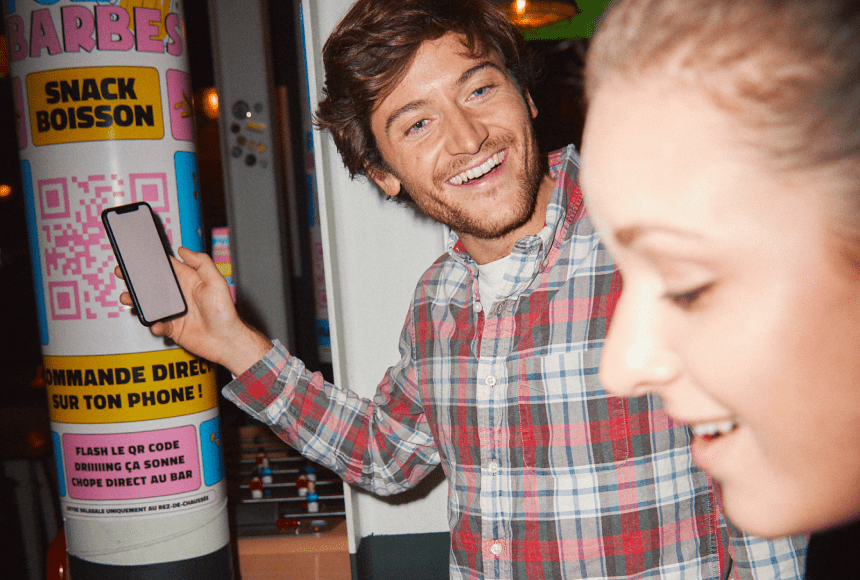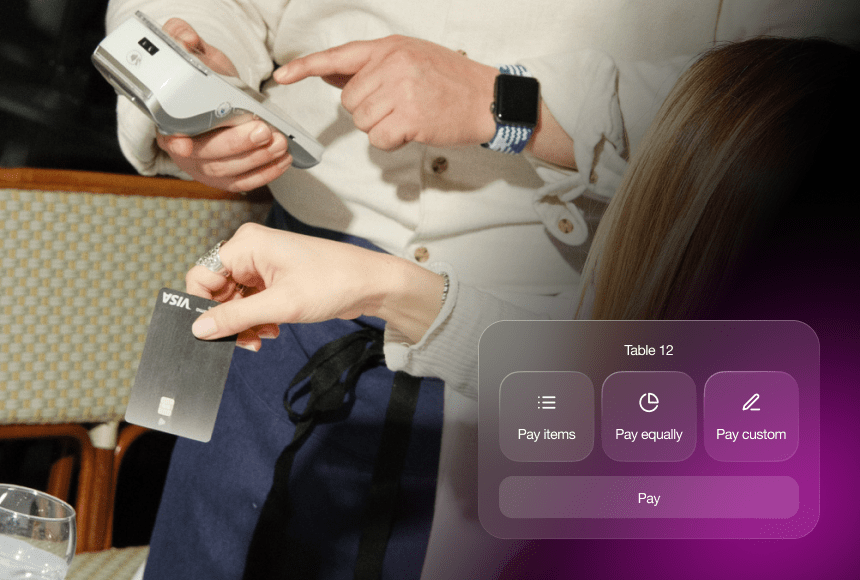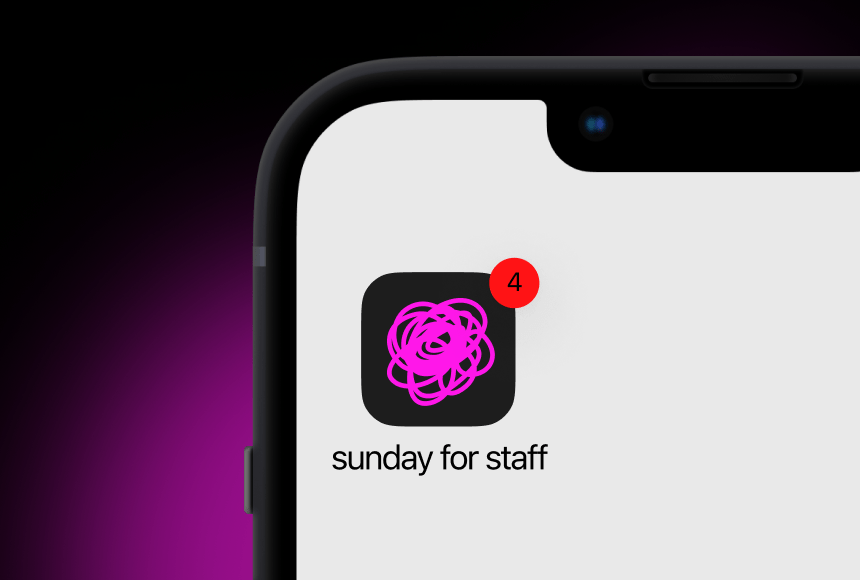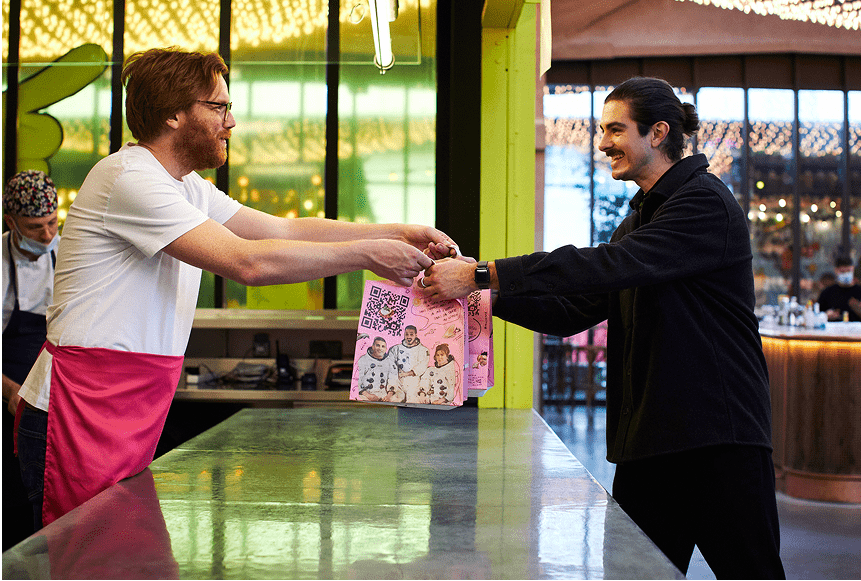
Empowering Your Diners to Order at Their Own Pace
The Pace of Modern Dining
Imagine a bustling Saturday night in your restaurant. The aromas add a delicious warmth to the atmosphere, laughter bubbles from diners catching up with friends, and your team hustles between tables with steaming plates. In the middle of all this excitement, guests often feel there’s a rush to order. Whether it’s the friendly server standing by, pen poised on the notepad, or that slight pressure as neighbouring tables look ready for their own turn, the traditional ordering process can feel hurried—sometimes too hurried.
Today’s diners, especially in the UK, value their personal space and time more than ever. Perhaps they want to chat at length with their companions before deciding on the perfect wine to pair with that braised lamb dish. Or maybe they just need a moment to confirm dietary preferences. Research from YouGov (https://yougov.co.uk/topics/economy) finds that customer experience trumps almost everything else when it comes to loyalty in the restaurant industry. And a growing part of that experience is giving guests the freedom to order at their own pace, on their own terms.
It’s no surprise that new digital tools—allowing customers to self-order—have become so popular. It’s no longer just about offering a menu on a piece of paper. Guests are increasingly looking for a flexible, convenient, and even playful approach to ordering. They appreciate scanning a QR code, browsing the menu at will, and finalising their order when they’re ready.
Why Does Timing Matter So Much?
A meal out isn’t merely about sustenance. It’s about savouring moments and making memories. Many diners wish to savour the pre-dinner conversation and thoroughly weigh up the menu before calling it a night on their choices. Rushed ordering can stifle the very essence of the dining experience. On the flip side, when customers can order on their own and precisely when they want, it leads to:
- A relaxed atmosphere: Guests feel in control, making them more at ease and receptive to trying new dishes or add-ons.
- Personalisation: Individuals can browse special instructions, possible substitutes, and add something extra like a dessert or upgraded side if they feel inspired.
- Higher satisfaction levels: Diners who set their own pace typically rate their experience more positively, boosting the chance they’ll return and recommend your restaurant.
And here’s an interesting angle: restaurants benefit from this autonomy, too. When a group can look at the menu on their own time, they might order that extra bottle of wine after finishing starters, or decide on the cheese board only after seeing how much room they have left. To refine your strategy, you could use small cues to subtly nudge them—like highlighting chef-recommended desserts in your digital menu.
The Downsides of Rushed Ordering
Picture a couple seated, still in mid-conversation. The server arrives promptly to take their order, but they’ve barely had a chance to glance through the specials. Feeling self-conscious, they might quickly choose something that’s familiar, possibly missing out on the new signature dish you wanted them to try. That’s a lost opportunity for everyone.
Rushed ordering can lead to:
- Lower cheque averages because people stick to what they know.
- Out-of-sync service as the kitchen and bar might receive random spates of orders, creating bottlenecks.
- Less adventurous diners who equate speed with necessity, not leisure.
Traditional dining rhythm remains an essential part of hospitality, but there’s a balance to be struck. That’s where flexible ordering solutions shine. By letting diners explore and decide on their own, your front-of-house team can direct their energy where it matters most—engaging and advising rather than hurrying the process along.
Embracing Digital Menus and QR Codes
QR codes have soared in popularity, particularly in the last few years, and the concept is simple: a small image displayed on the table or bill invites customers to scan with their phone. In seconds, they have the menu in front of them—no waiting for a physical copy or a staff member to swing by. This approach has great appeal in the UK, where technology adoption is strong, and diners increasingly expect a modern approach to service.
What’s neat is that these menus can offer more than just basics. They can include:
- Real-time menu updates: If you run out of fresh mussels, they can disappear instantly from the menu.
- Allergy filters: Guests with specific dietary requirements can filter out items containing allergens.
- Suggestions and photos: Stimulating a diner’s imagination with vibrant photos or recommended pairings can encourage them to try something new.
When you let customers place orders via this digital tool, you empower them to decide when they’re ready. More than that, it reduces the number of times a staff member needs to pop over—which can be especially handy during peak hours.
The Human Touch: Balancing Technology with Warm Hospitality
Some restaurant owners worry that introducing technology might diminish the personal interaction that makes dining out special. But it doesn’t have to be that way. The best digital solutions act as a complement to your team, not a replacement.
When the pressure of constant ordering is removed, servers can:
- Focus on meaningful table visits, discussing the origin of cuts of meat or the inspiration behind a particular dish.
- Offer thoughtful recommendations based on a diner’s preferences, rather than quickly rattling off daily specials.
- Check in to ensure customers are happy with their choices, rather than chasing new orders.
Diners still want to see a friendly face and hear the story behind the monthly special. But giving them control over their ordering fosters a more personal, less transactional experience.
Boosting Efficiency and Reducing Errors
In traditional setups, a server takes an order, scribbles it down (sometimes on paper that’s already full of notes from other tables), and later inputs it into the point-of-sale system. This chain can introduce mistakes: perhaps a side salad instead of fries, or a dessert that never makes it to the kitchen.
When guests order digitally, there’s no double handling. And as we all know, staff are experts in making people feel welcome, but they might not be the fastest typists—or, occasionally, the best spellers. Digital ordering ensures a direct link between the customer’s choice and the kitchen. The result? Fewer mix-ups and a smoother service flow.
Suddenly, your staff has more energy to engage diners in conversation, maintain cleanliness, and spot any potential issues early—like guests who seem uncertain about wine pairings or potential allergic reactions. Everyone becomes more proactive and less reactive.
Real Stories from the Dining Room
Here’s an example from my own experience consulting at a laid-back bistro in London. The owner was sceptical about letting guests handle both the ordering and the payment steps themselves. Every day, the bistro’s servers used valuable time explaining daily specials or describing the cooking process. While guests loved the personal touch, they often felt pressured to decide quickly, especially if other tables were waiting.
After introducing QR code ordering, something remarkable happened:
- Guests spent more time browsing the digital menu, discovering the bistro’s hidden gem: a dessert made with imported berries that used to be overlooked in the paper menu.
- Average spend per table increased by 15% because diners felt comfortable adding that extra side or second round of drinks without feeling rushed.
- Server satisfaction soared. They loved having more time to chat with customers about ingredients and local sourcing. The pressure of constantly running orders to the bar was reduced.
This bistro experience underscores how the freedom to order at leisure can boost sales and create an all-around more relaxed environment.
How Payment Solutions Fit In
We can’t talk about the ordering process without mentioning the payment experience. In many UK restaurants, diners must attract a server’s attention, wait for the payment terminal, tap or insert their card, and possibly wait again for printouts of the receipt. It can be a small but awkward wait at the end of an otherwise delightful meal.
With solutions like sunday, which uses easy QR codes for paying, customers can also handle payment whenever they’re ready—no waiting, no fuss. The same moment they’re finished with dessert, they can settle the bill. That feeling of immediate control and efficiency leaves a positive final impression.
And don’t forget tipping. When diners are given the choice to tip digitally at a comfortable pace, they’re more likely to leave a tip that reflects their overall satisfaction, rather than a rushed add-on. According to data from OpenTable (https://www.opentable.co.uk/features/covid-19-restaurant-insights), restaurants that integrated digital payment platforms reported a noticeable uptick in gratuities. Being transparent and giving diners the time to decide also fosters trust and helps them feel less under pressure.
Keeping Staff Engaged and Happy
Many of your staff thrive on building rapport and recommending menu items. Yet they often find themselves bogged down in tasks like repeatedly taking orders, running back to the till, or re-checking details with the kitchen. By adding a QR ordering feature, you let them focus on the part of the job that brings true value to your restaurant’s reputation: a warm, human connection with customers.
This approach also supports training and development. New employees, still grasping dish details or the layout of your payment terminal, have a gentler learning curve if some of the ordering steps are automated. Experienced staff can double down on providing that extra sparkle—highlighting wine pairings, telling the story behind your latest seasonal specials, or simply ensuring diners feel like valued guests in your “home.”
Addressing Common Concerns
Some restaurant owners worry that older patrons might resist digital menus. Yet, many are surprised—older customers often adapt quickly once they see the convenience. The key is to offer a “hybrid” approach:
- A physical menu on request, along with friendly help for scanning.
- A well-presented digital menu that’s easy to navigate, with large text and clear categories.
Others wonder if giving customers the power to order might lead to mistakes or confusion. But digital solutions typically allow easy editing before checkout, meaning the customer sees a summary of their selections. This reduces the likelihood of regrets or errors.
Going Beyond the Meal: Engagement and Review
One more advantage that often goes overlooked: tying in the ordering process with your marketing efforts. With some digital systems, diners can leave a Google review on the spot. Imagine a satisfied customer finishing a splendid Sunday roast, feeling that post-dinner glow, and being gently prompted, “Would you like to share your experience online?” It’s immediate, it’s relevant, and it capitalises on their sense of satisfaction right when it peaks.
By making it easy to leave reviews, you boost your online presence without clumsy requests for feedback that come via email days later. A quick link after payment or even a QR code leading to a review page ensures those words of praise appear when customers are at their happiest.
Putting It into Practice
Ultimately, today’s diners want to relax, connect, and soak up the atmosphere on their own schedule. The restaurants that let them do just that—by introducing self-ordering, flexible payment systems, and modern user-friendly practices—are positioning themselves for strong growth in an industry that’s as competitive as it’s ever been.
If you’re considering a system like sunday for your establishment, the benefits aren’t limited to technology for technology’s sake. It’s about freeing staff to be the gracious hosts you hired them to be. It’s about fostering an environment where guests feel looked after but never rushed. And it’s about capturing those extra insights (and tips) that come naturally when customers have the time and space to consider what they really want.
Better yet, when they linger longer and see all your menu’s possibilities at their fingertips, they might just discover their new favourite dish—or go for that second bottle of pinot noir. That’s a win-win for everyone involved.
So, how about giving your diners the space to order on their own time? Rather than seeing technology as a nuisance, embrace it as one more tool to refine your restaurant’s hospitality. As long as you combine digital conveniences with genuine warmth, you have a recipe for a modern dining experience that keeps them coming back for more.
Find out more today
Drop us your details below and we’ll reach out within the next 24
All your orders – in and out.
Our mobile ordering solution allows your customers to order and pay whenever they are ready with an integrated QR code.




